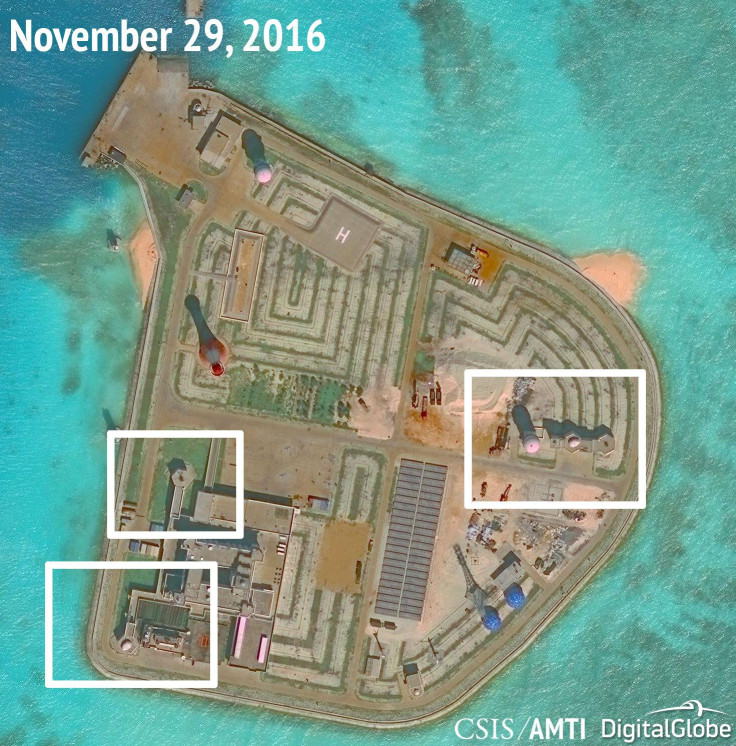China's New Giant Oil Platform Can Reignite Confrontations With Vietnam

China has a new offshore oil exploration platform called the Haiyang Shiyou 982 sitting in the South China Sea that is raising concerns about another confrontation with Vietnam. In 2012, China put the new rig’s smaller predecessor, the Haiyang Shiyou 981, into operation but moved it in 2014 when Vietnam claimed it violated its territorial rights.
The root of the problem is twofold. First is the quest for oil and natural gas. Second is China’s reluctance to respect the exclusive economic zones (EEZs) of Brunei, China, Malaysia, Taiwan, Vietnam and the Philippines, rejecting even a United Nations arbitral ruling that went in favor of the Philippines in 2016.
China has been on a long campaign to build man-made islands, establish military footholds and aggressively take control over strategic locations in the waters.
Beijing is not happy that Vietnam has worked with other countries on exploration projects. They have done so with the Spanish firm Repsol and ONGC Videsh of India drawing some resentment from China over foreign influences in the South China Sea.
According to Yun Sun, East Asia Program senior associate at the Stimson Center think tank in Washington, “the (new platform) is probably not to consolidate the Chinese sovereignty, but it’s to undermine the effort or the attempt of Vietnam to pursue joint exploration with other countries.”
Alan Chong, associate professor at the S. Rajaratnam School of International Studies in Singapore, believes more resistance is expected if China angers Vietnam with the new rig.
He said, “It can flare up at any moment. They will have some kind of reaction for sure, because the South China Sea is by no means cool in terms of temperature.”
The message sent to the United States is that China’s new platform will strengthen its dominance in the disputed sea, acting as a “second front” of resistance against Washington. The U.S. government does not claim the South China Sea but advocates keeping the international sea lanes open. The U.S. Navy regularly sends ships into the sea. China criticizes these passages as foreign interference.
China is also sending a message to the Philippines that it is willing to move forward on joint explorations if the Philippines ignores the 2016 arbitral ruling of the UN. Beijing has offered a 60/40 split favoring Manila on any discoveries.
Some experts see this as a way for China to gain control of the Spratly Islands where they can build up a military operation while claiming that they are just seeking oil and gas. This would give them a strategic advantage over the U.S. in the South China Sea and open that proverbial “can of worms” for other ASEAN countries with EEZs that China can exploit.
© Copyright IBTimes 2024. All rights reserved.





















